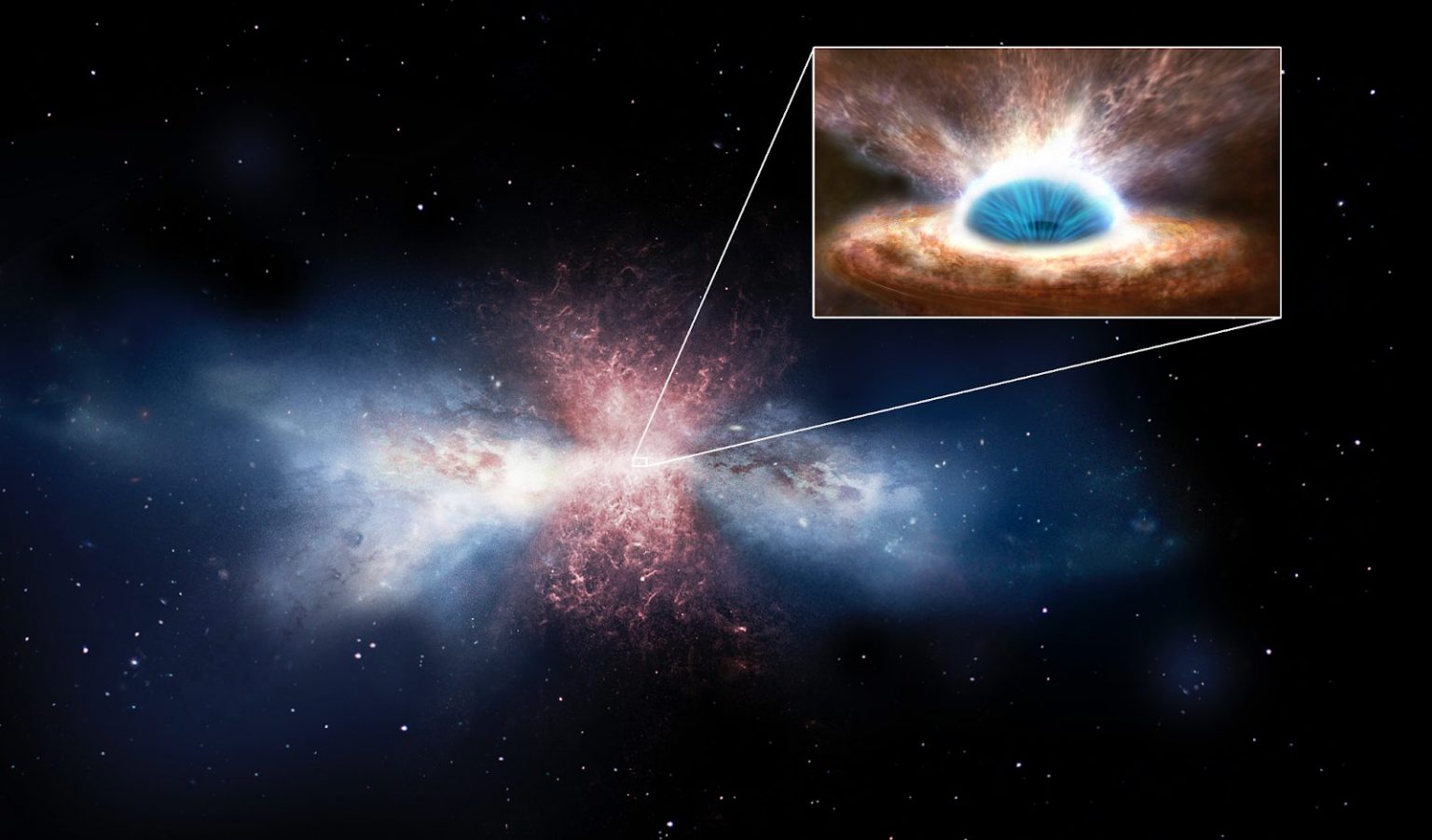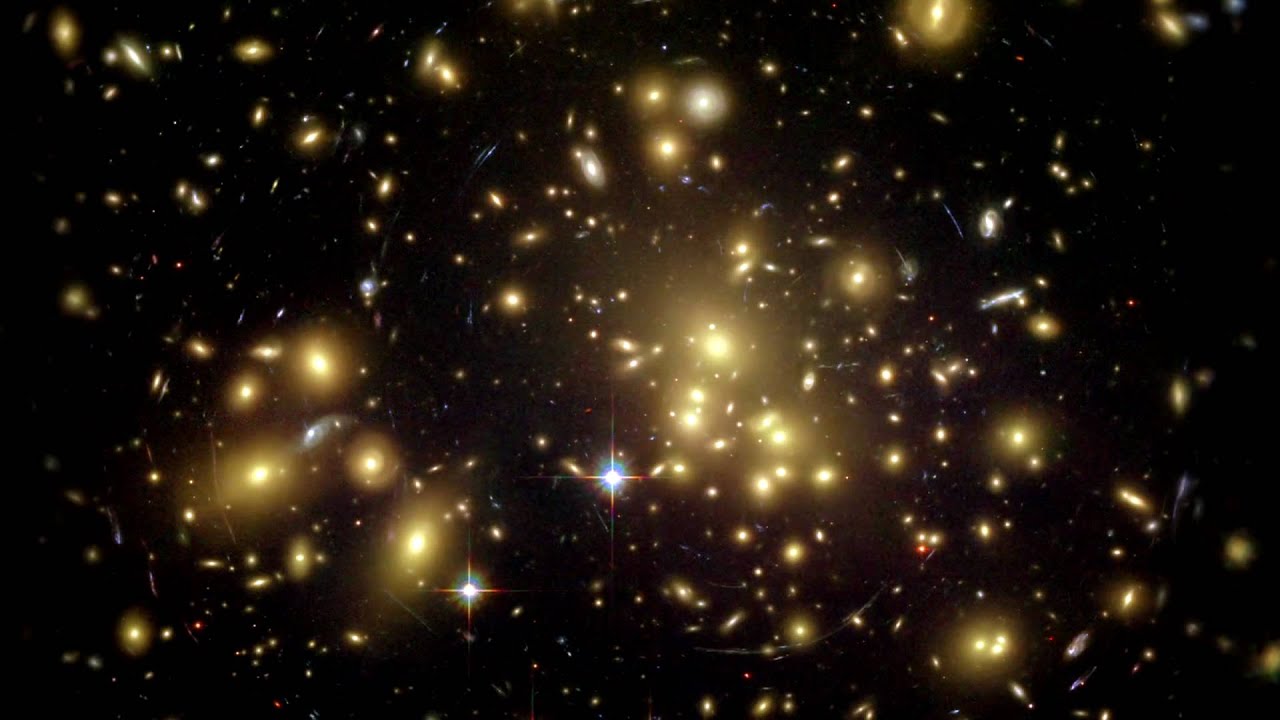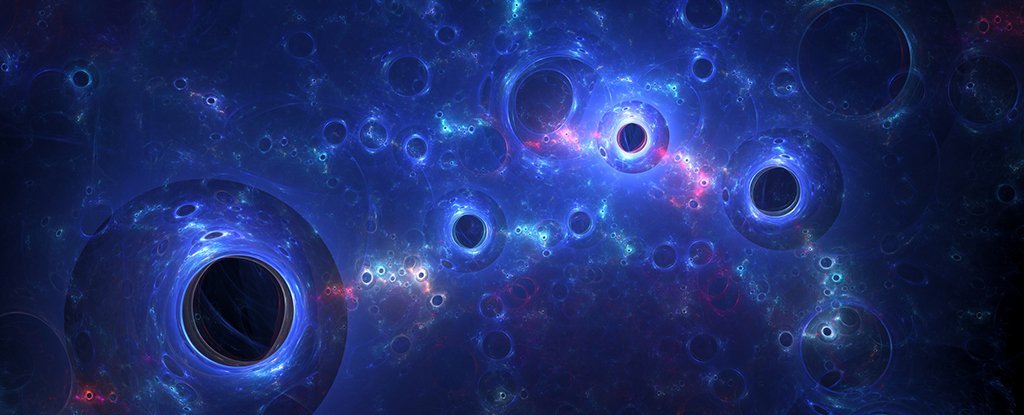My research interests mostly involve the early Universe and the origins of stars, dust, metals, etc.
I am fascinated by how different the Universe is now compared to just a few billion years ago. So, my motivation for astrophysics research comes from my curiosity about how galaxies evolved between these two epochs - what conditions had to change and by how much for this transformation to occur.
In simple terms, what makes the Universe tick?
Little Red Dots

JWST data has revealed a hitherto undiscovered population of numerous compact and red objects, aka "Little Red Dots." We study one of these sources lensed by the MACSJ0647 galaxy cluster.
Using its JWST/NIRSpec spectrum in the optical to near-infrared, and JWST/NIRCam imaging in the same wavelength range, we come up with a multi-component model - a heavily dust-obscured supermassive black hole in a star-forming host galaxy - to explain this mysterious phenomenon.
Spatial offsets in ALPINE galaxies

The ALMA-ALPINE dataset consists of 75 main-sequence galaxies at redshift 4-6. In this project, we estimate the spatial offsets among the far-infrared dust continuum emission, the ultraviolet emission, and the singly ionized carbon [CII] emission at 158 microns.
The spatial offsets indicate that the location within the galaxy of metal-enriched gas is offset from that of dust and/or star formation. This tells us about feedback that may be clearing out the gas, or complex dust geometry that is obscuring starlight non-uniformly.
By measuring trends between the spatial offsets and other galaxy observable properties such as stellar mass, star formation rate, Lyman alpha equivalent width, etc., we hope to understand how these galaxies are evolving throughout their lifetime.
Metallicity of a reionization-epoch galaxy

A1689-zD1 is one of the earliest known galaxies in the Universe, at redshift 7.133. It is gravitationally lensed (with magnification factor 9.3) by the Abell 1689 galaxy cluster.
In this project, we analyze the flux from this galaxy in various far-infrared emission lines - singly ionized carbon [CII] at 158 microns, doubly ionized oxygen [OIII] at 52 and 88 microns, and singly ionized nitrogen [NII] at 122 microns.
The relative ratios of luminosities among these lines tell us about the physical conditions of the interstellar medium within the galaxy. We thus estimate the gas density, ionization parameter, and gas-phase metallicity for this galaxy.
Bright compact Lyman-alpha emitters at z~4-6

Young star-forming galaxies in the early Universe can be identified by their intense Hydrogen Lyman-α (Lyα) emission. This radiation provides valuable insight into the formation of the first galaxies and their evolution over cosmic time. The goal of this project was to take advantage of this illuminating emission line to understand the lives of the smallest of these star-forming galaxies.
We study a sample of 17 bright, yet extremely compact (∼ 1 kpc size) Lyα emitters (LAEs) at z ∼ 4−7 selected from a parent sample of 1060 Lyman-break galaxies (LBGs) observed in (Hubble Space Telescope) HST data in 4 of the 5 CANDELS fields. We compare and contrast the sub-sample and parent sample with the aim of identifying the cause of the compact nature of these objects. We make relative size measurements by fitting Sersic profiles to the Lyα line and UV continuum morphology images, and find that the sub-sample of LAEs is generally more compact than the parent sample of LBGs. Within the sub-sample, Lyα morphology is more compact than UV continuum, contrary to the expectation of extended halos.
We also fit templates to the spectral energy distributions (SEDs) of the objects based on photometric flux measurements from the Skelton catalog (Skelton et al. 2014). Here, we find that the sub-sample star-formation rates and stellar masses are generally higher than the parent sample. Based on our results and findings from literature, we tentatively conclude that the compact nature is partly a true physical feature of high-z LAEs and partly due to observational limitations.
Multiplicity in SCUBA2 sources observed with ALMA

Most of the starlight we receive from massive distant galaxies is absorbed by dust and re-radiated at sub-millimeter and radio wavelengths. Although the cutting-edge technology of the Submillimeter Common User Bolometer Array-2 (SCUBA2) camera on the James Clerk Maxwell Telescope in Hawaii has greatly advanced our knowledge of such obscured star formation, the newer Atacama Large Millimeter/sub-millimeter Array (ALMA) telescope in Chile provides unprecedented sensitivity and substantially higher spatial resolution
In this project, we compare sub-millimeter sources in 450 and 850um bands from the Sub-millimeter Common User Bolometer Array2 (SCUBA2) surveys with ALMA archival data within a two square degree equatorial patch of sky called the Cosmological Evolution Survey (COSMOS) field.
At least 15% of SCUBA2 sources were identified as multiple galaxies with significantly different redshifts from each other. In other words, a single SCUBA2 source can be resolved into two or more sources with ALMA, and these two sources are far enough apart from each other in 3D space that they are completely different galaxies that lived in different epochs!
We thus conclude that the overall luminosity function of dust-obscured star-forming galaxies that was derived based on SCUBA2 data must be inaccurate. It is therefore necessary to recalculate the galaxy luminosity functions and star formation rates using the new ALMA data.
Alternatives to WIMPs in the first dark matter halos

Dark matter accounts for as much as 85% of all the matter in the Universe. SUSY-WIMPs (Super Symmetric Weakly Interacting Massive Particles) are currently the most popular dark matter particles. However, we have not been successful in experimentally confirming the existence of these particles using the Large Hadron Collider (LHC)
Therefore, in this project, we try to propose alternatives to SUSY-WIMPs. To test the efficiency of collapse of the very first dark matter mini-halos to form population III stars, we calculate the theoretical lower mass limit of the mini-halo using various dark matter particles.
We find that the mass of a dark matter halo is inversely proportional to the 3/2 power of mass of the constituent dark matter particle at a redshift of 28 million. We also determine the lower limit on dark matter particle mass based on current observational evidence, which comes out to be ∼ 3.3 keV.
